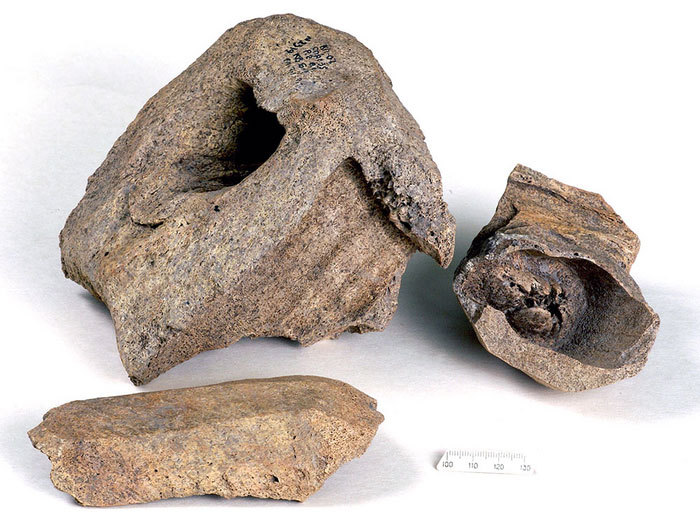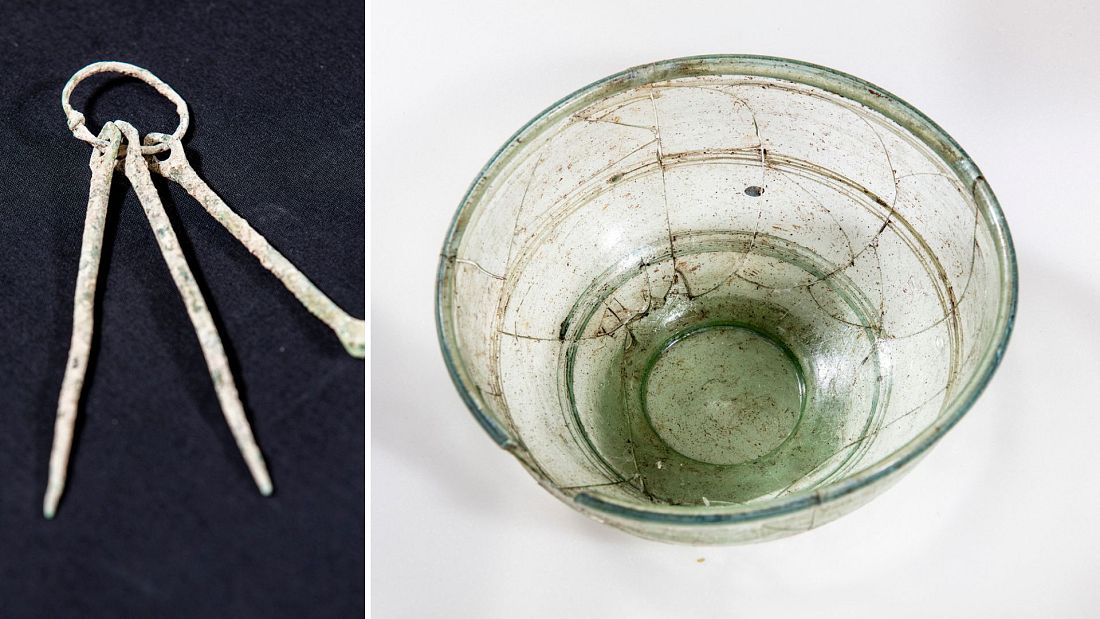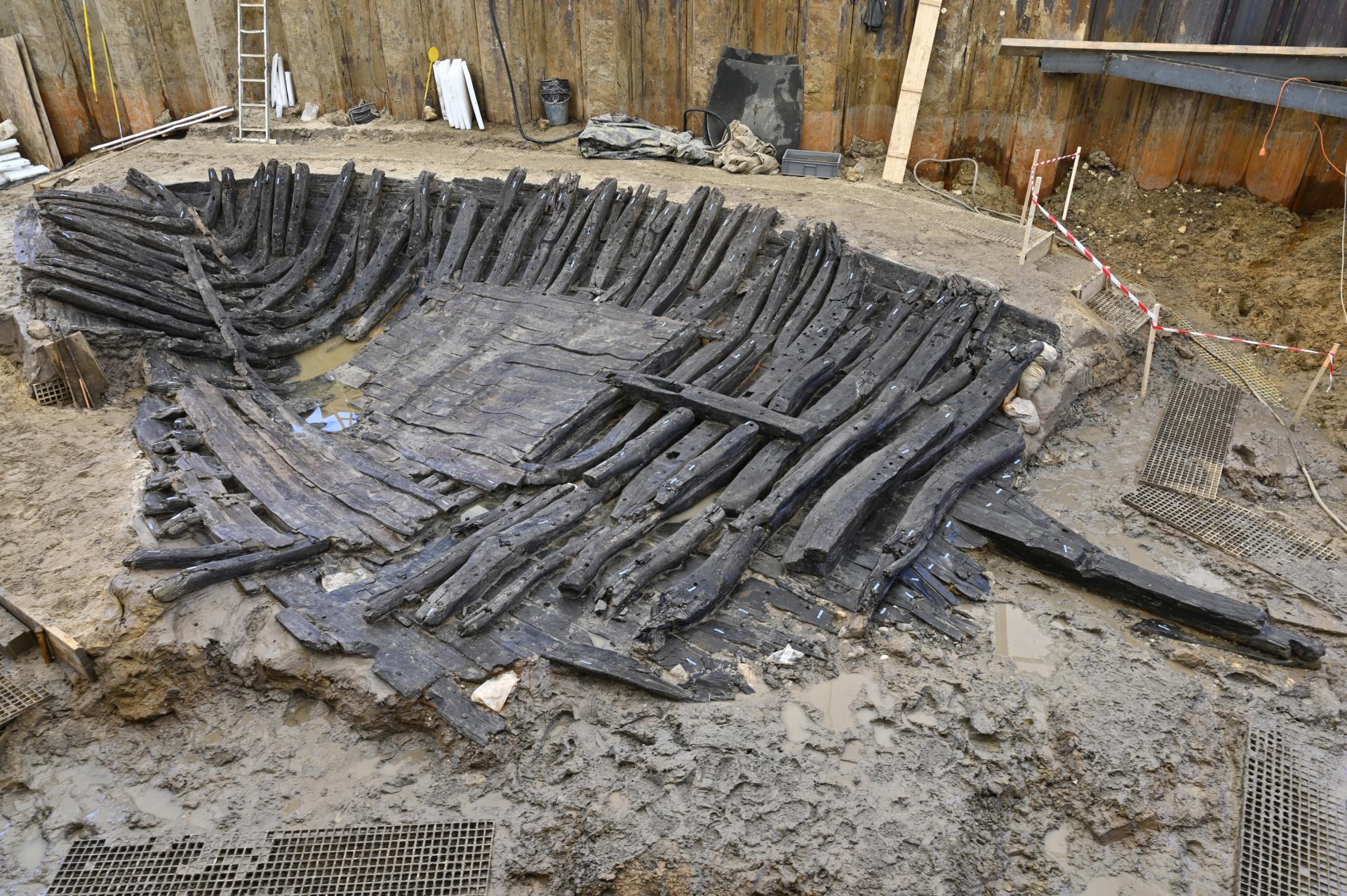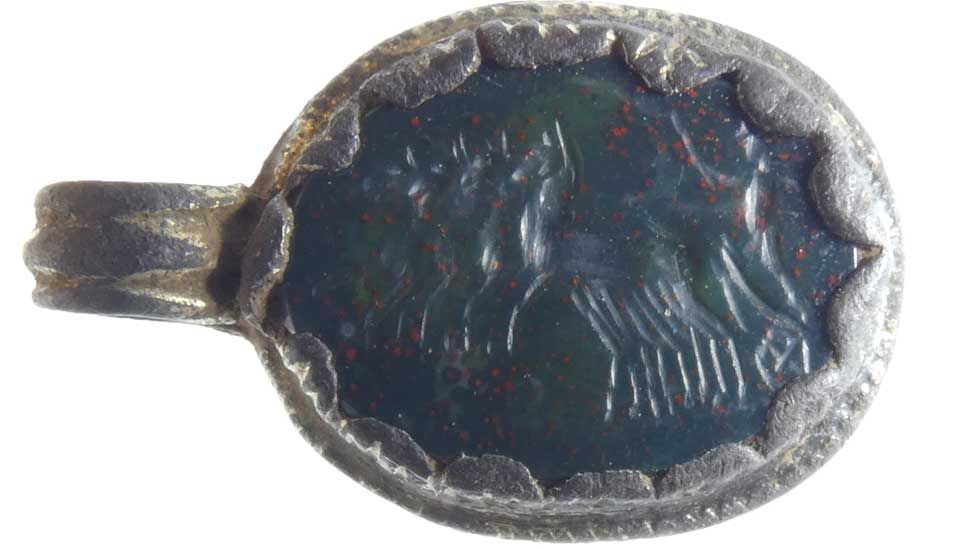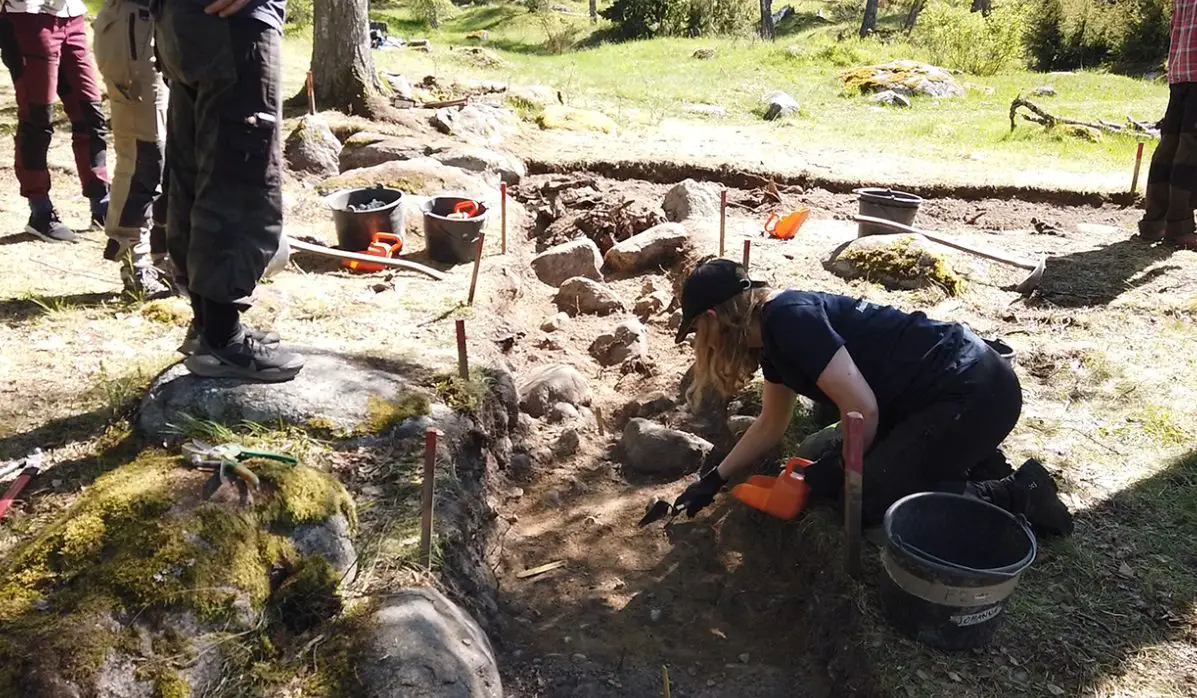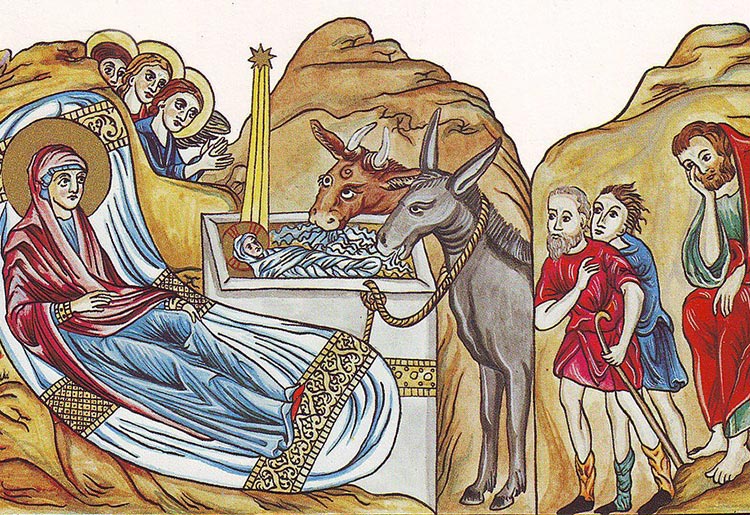
Read the rest of this article...

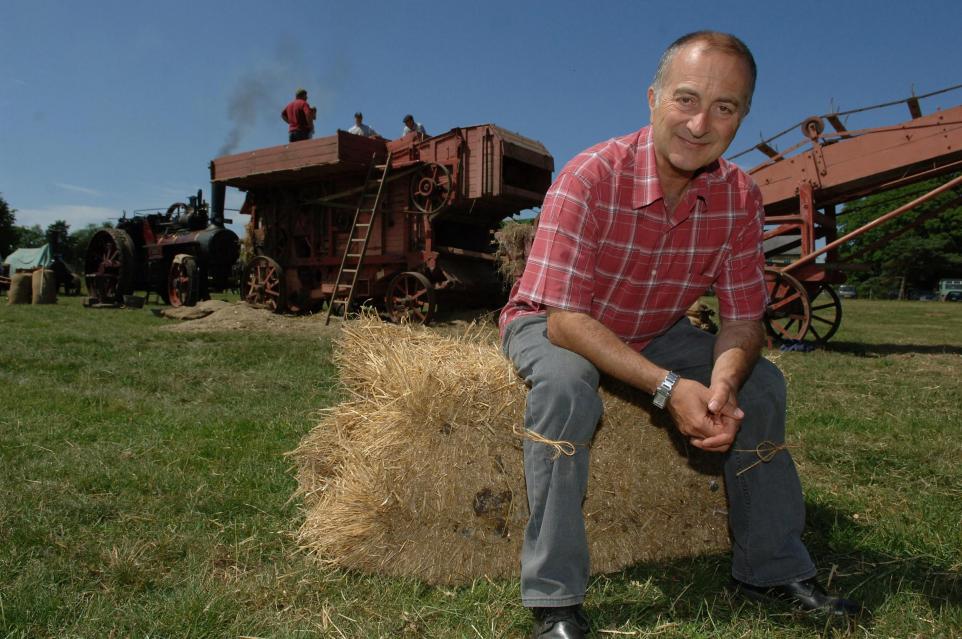





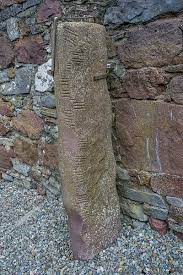

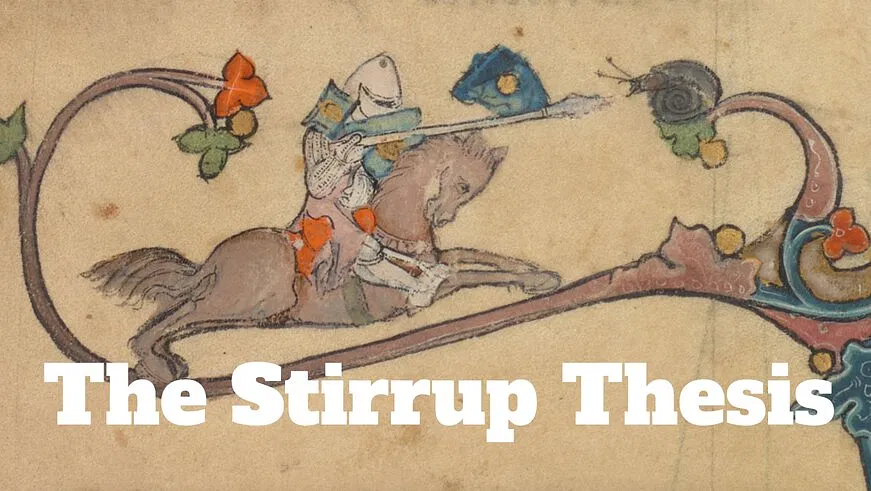

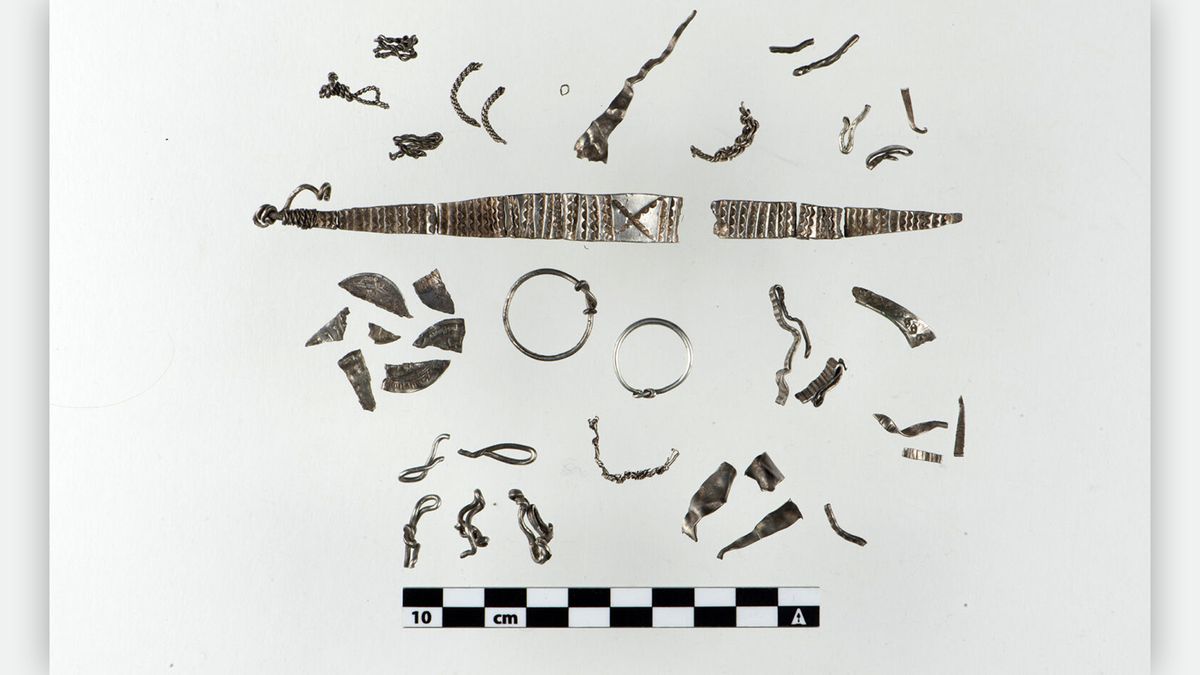
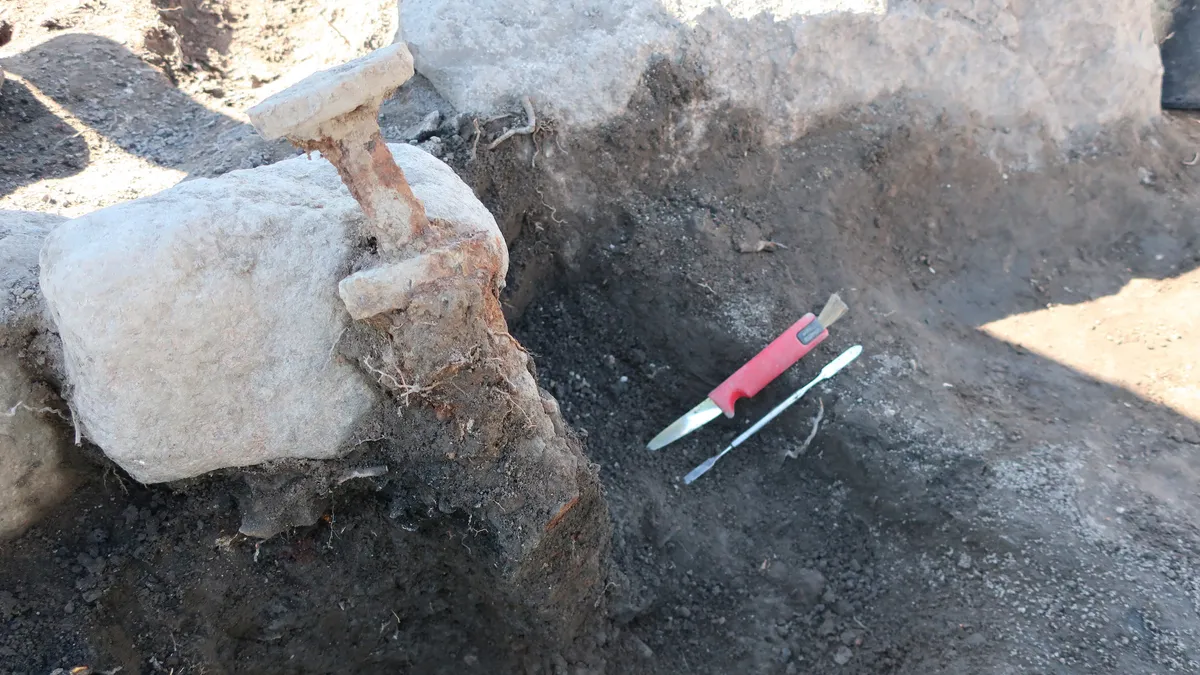
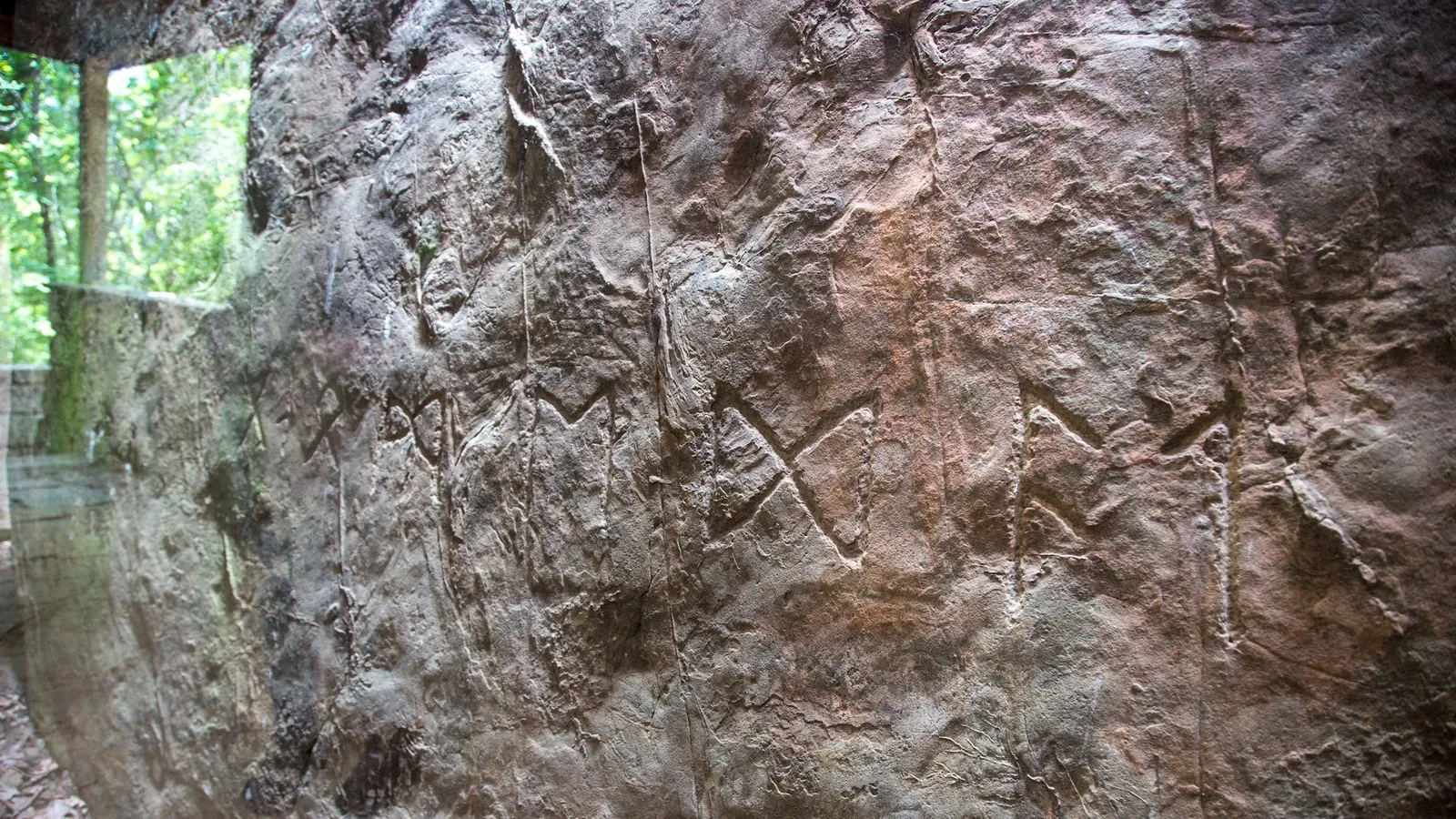
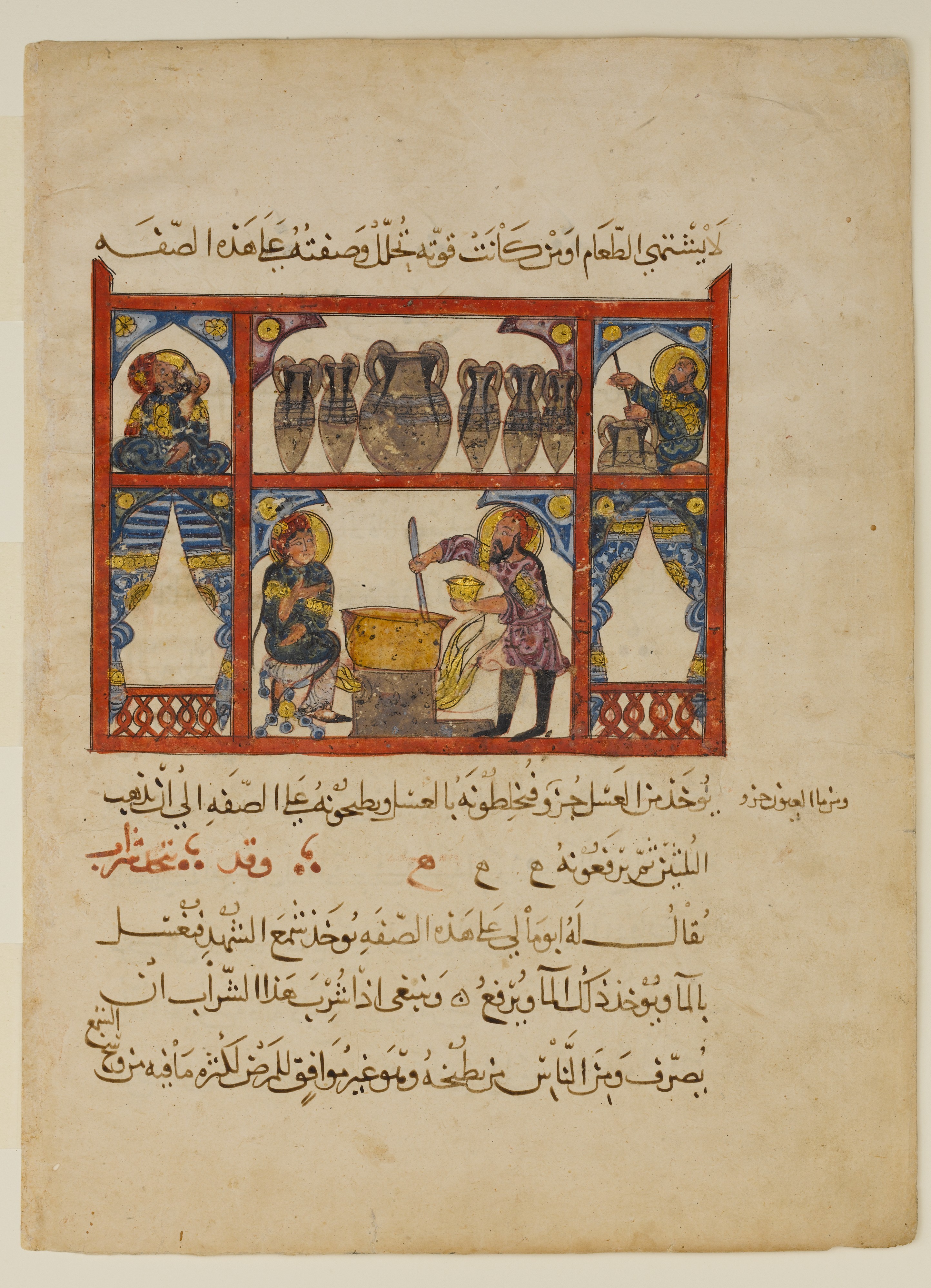
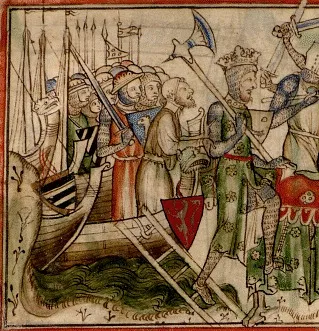


For a long time, the Norman Conquest has been viewed as a turning point in English history; an event which transformed English identity, sovereignty, kingship, and culture. The years between 1066 and 1086 saw the largest transfer of property ever seen in English History, comparable in scale, if not greater, than the revolutions in France in 1789 and Russia in 1917. This transfer and the means to achieve it had a profound effect upon the English and Welsh landscape, an impact that is clearly visible almost 1,000 years afterwards.
Although there have been numerous books examining different aspects of the British landscape, this is the first to look specifically at the way in which the Normans shaped our towns and countryside.
The castles, abbeys, churches and cathedrals built in the new Norman Romanesque style after 1066 represent the most obvious legacy of what was effectively a colonial take-over of England. Such phenomena furnished a broader landscape that was fashioned to intimidate and demonstrate the Norman dominance of towns and villages.
The devastation that followed the Conquest, characterised by the ‘Harrying of the North’, had a long-term impact in the form of new planned settlements and agriculture. The imposition of Forest Laws, restricting hunting to the Norman king and the establishment of a military landscape in areas such as the Welsh Marches, had a similar impact on the countryside.
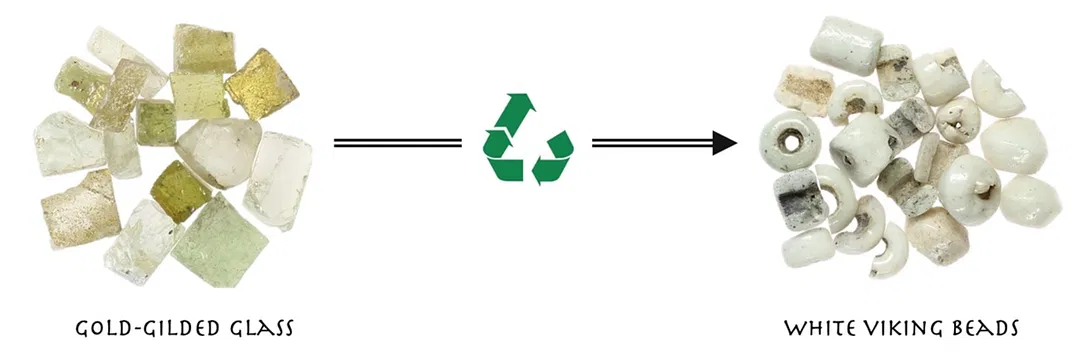

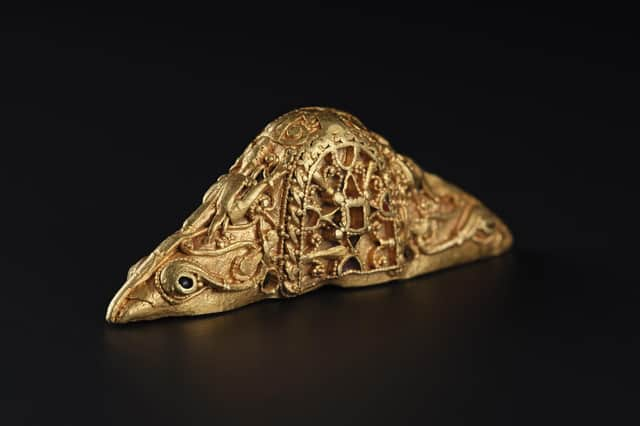
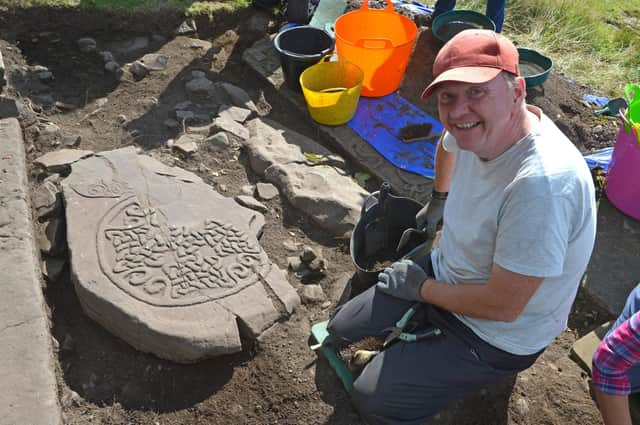


:focal(1440x926:1441x927)/https://tf-cmsv2-smithsonianmag-media.s3.amazonaws.com/filer_public/7d/f8/7df873f6-1d7f-41f9-9c1b-584e8b62e0ee/the-anglo-saxon-migrat.jpeg)


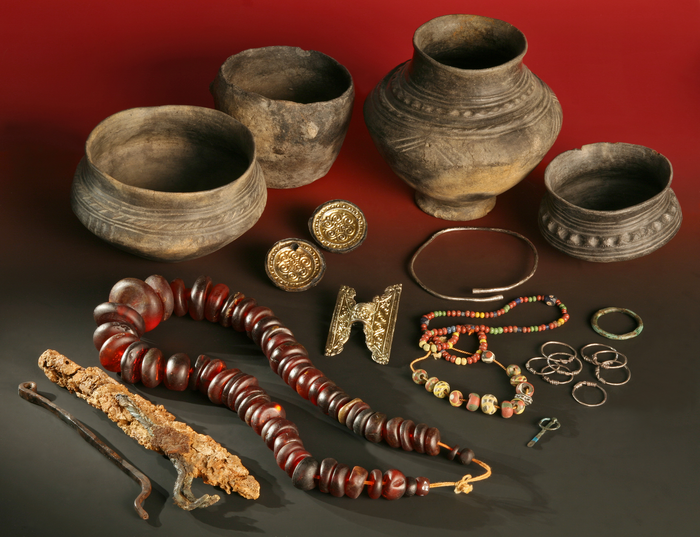

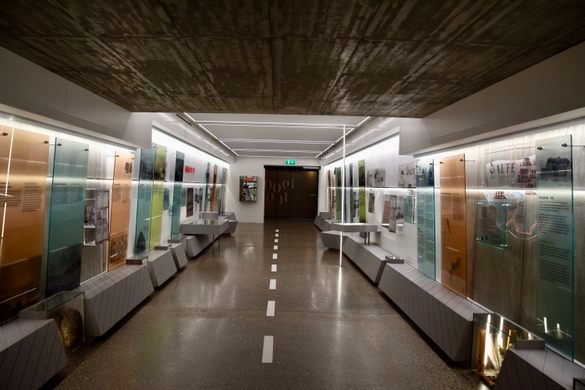
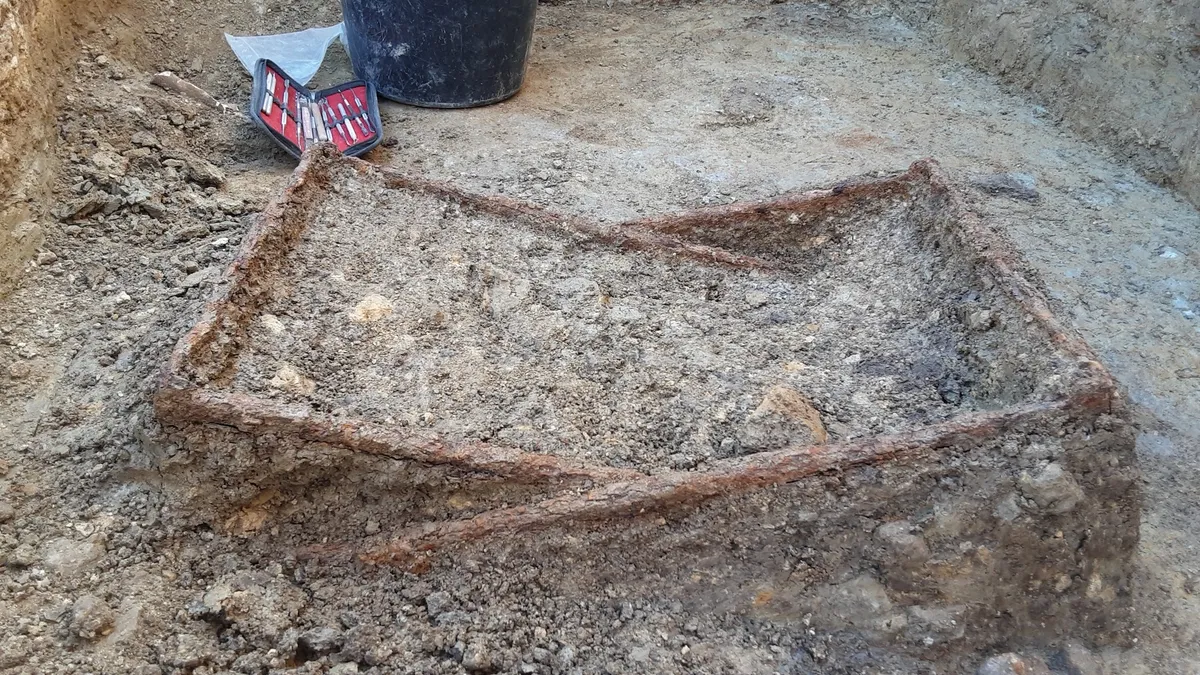
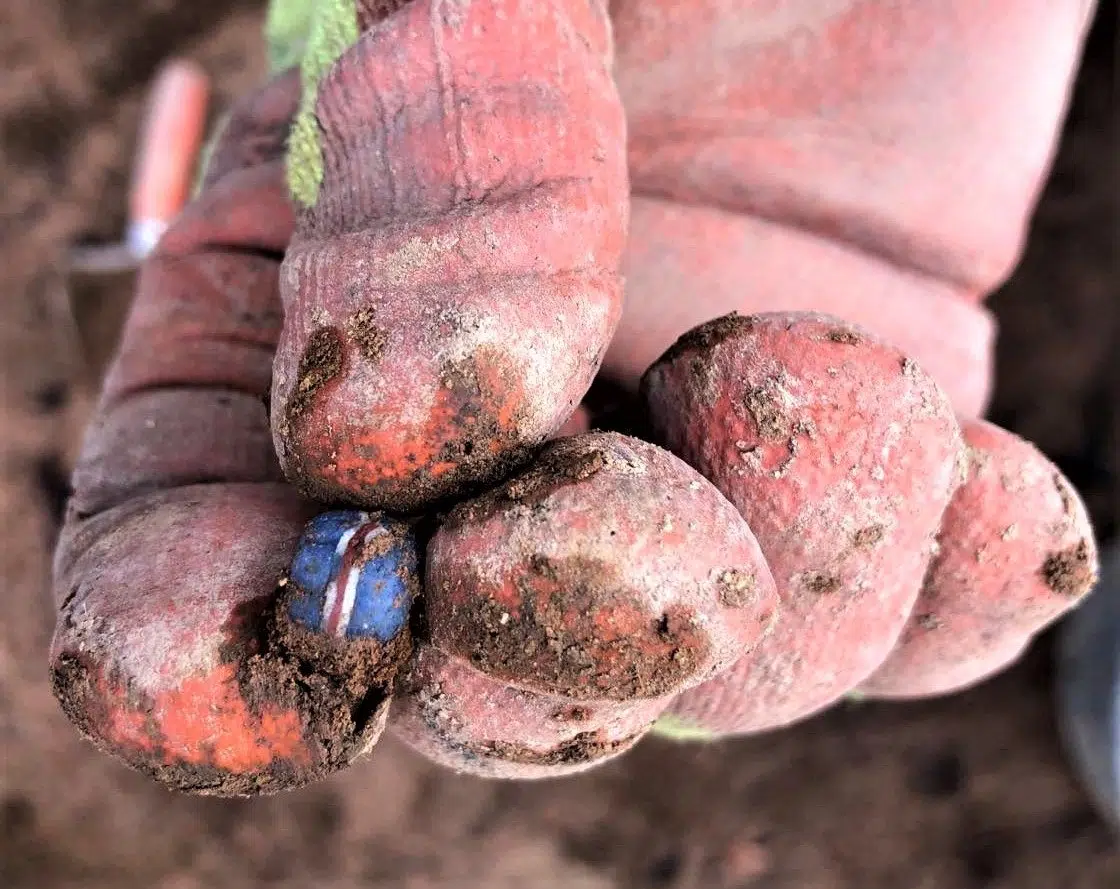
Archaeologists in Seyðisfjörður have excavated jewelry that dates from 940 – 1100, just after the initial settlement of Iceland. Notably, one of the beads found in the excavation even bears the colours of the Icelandic national flag.
Archaeological digs have been underway in Seyðisfjörður, a fishing village in the East Fjords of Iceland, since 2020. Due to the high slopes of the valley, Seyðisfjörður is subject to land slides, and local authorities plan to build defensive barriers to protect the village, which has suffered damage in recent years. However, these same land slides have also preserved archaeological sites in the region particularly well. Archaeologists have been called in to perform exploratory digs where the defensive barriers will be erected, and have found remarkably intact manmade structures and artifacts such as game pieces and pearls.
Read the rest of this article...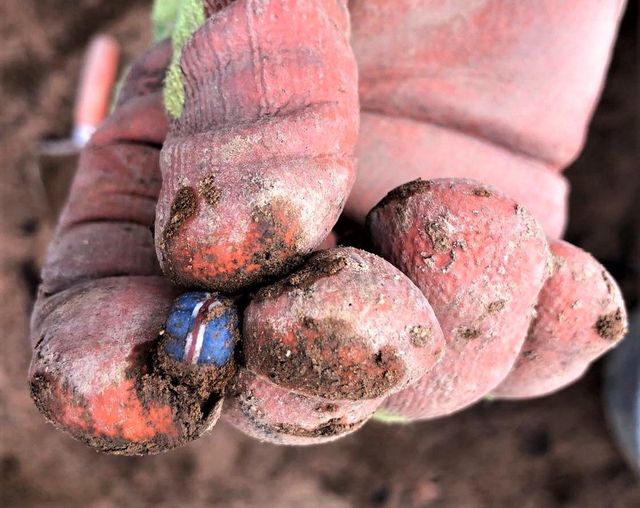
SEYðISFJÖRðUR, ICELAND—Traces of a farmstead dated to the earliest settlement of Iceland have been uncovered in the East Fjords of the island by a team of researchers led by archaeologist Ragnheiður Traustadóttir, according to Iceland Review. The site is situated in a valley where landslides from the high slopes and tephra from volcanic eruptions have protected archaeological materials and provided a means of dating them. So far, researchers have found human remains; the bones of a horse; a spear; a boat; and jewelry, including a red, white, and blue bead dated to between A.D. 940 and 1100. To read about a Viking Age site in Iceland's lava fields, go to "The Blackener's Cave."

